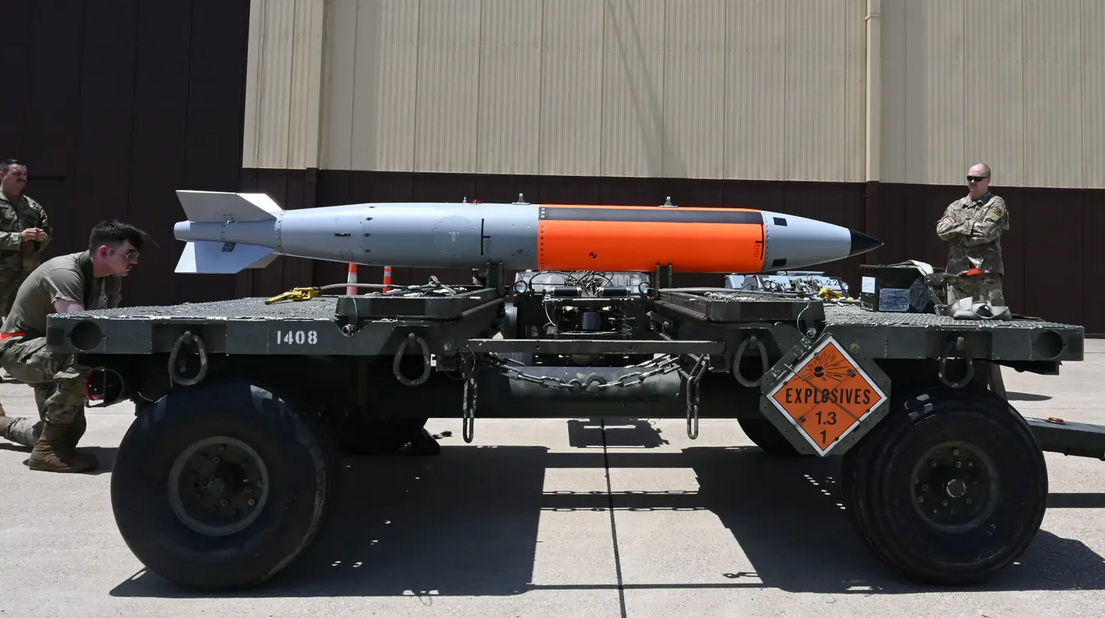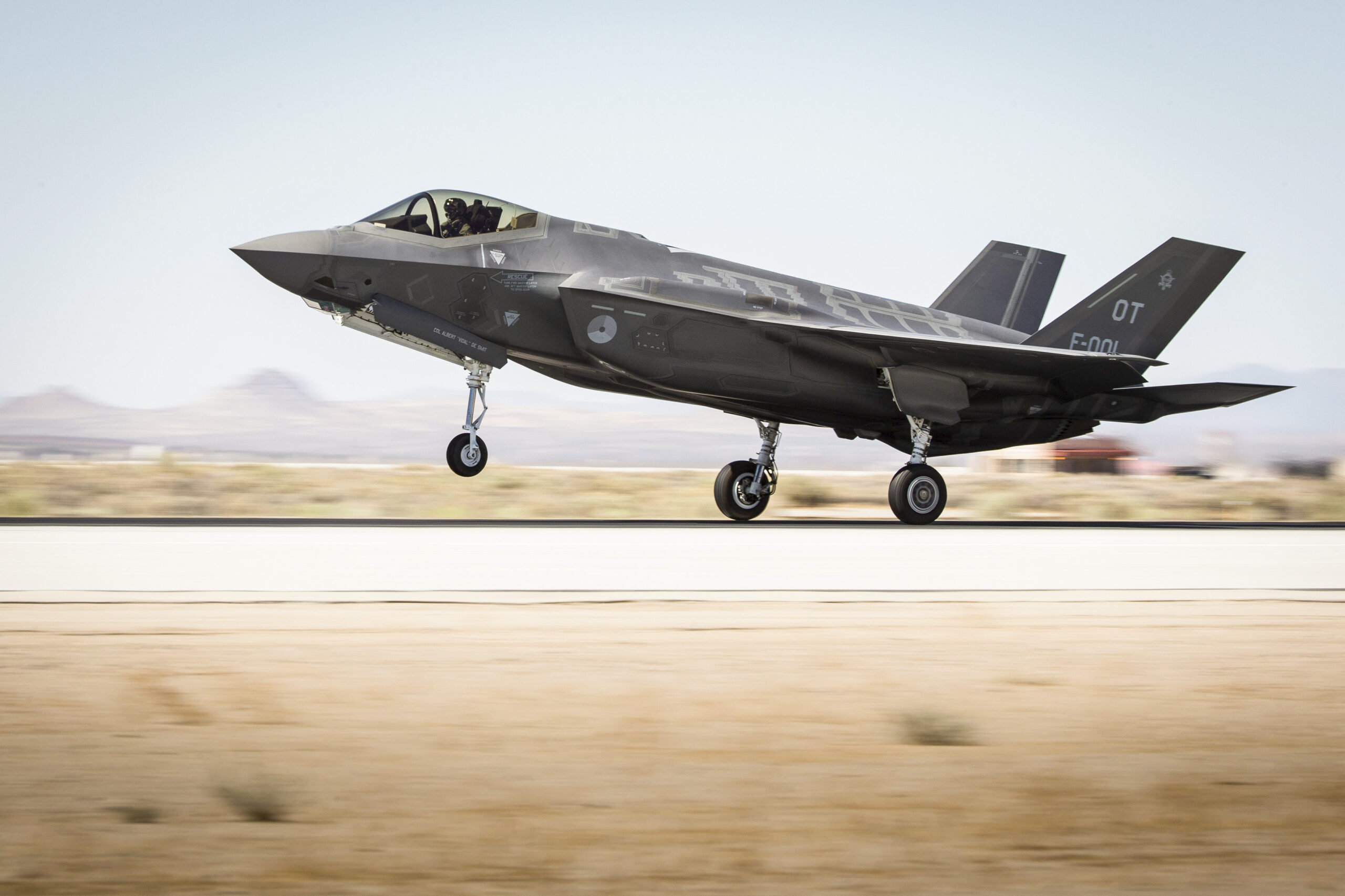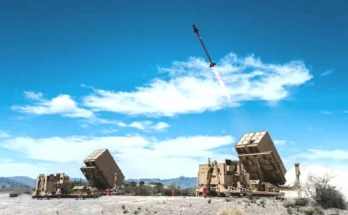
On June 1, 2024, the Netherlands made history, becoming the first country to officially assign its F-35A stealth fighters to the nuclear strike role, a significant milestone for NATO’s military prowess. This follows the F-35 A’s certification to carry the B61-12 thermonuclear bomb in October 2023. Introducing a 5th generation, nuclear-capable stealth fighter into Europe dramatically boosts NATO’s capabilities and is expected to elicit a strong response from Russia, which may leverage this development to justify advancing its own nuclear arsenal.
Balance of Power
The fortification of the NATO alliance in 1949 served as a direct countermeasure to Russian aggression, ensuring that an attack on one meant an attack on all participating members. One year later, in 1950, the U.S. deployed nuclear weapons to Europe to strengthen the alliance’s stance against Russia’s vast military. Around 100 B61 gravity bombs remain stored in six U.S. air bases throughout Europe, despite the conclusion of the Cold War. (This number is an estimation, as current U.S. nuclear stockpiles are classified.)
The balance of power in global nuclear strategy has long hinged on the United States’ nuclear triad. The Cold War era, land, air and sea components currently consist of: 400 Minuteman III intercontinental ballistic missiles (ICBMs), 14 Ohio-class ballistic missile submarines (SSBNs) armed with Trident II D-5 submarine-launched ballistic missiles, and 66 B-52H and B-2A Spirit bombers capable of delivering nuclear gravity bombs and cruise missiles.
With all three legs undergoing costly upgrades, critics have begun to debate the efficacy of decades-old nuclear deterrent tactics on the modern landscape, particularly concerning the maintenance of B61 bombs overseas. Critics argue that the U.S. nuclear triad alone is a sufficient deterrent, while proponents contend that these weapons symbolize the U.S. commitment to NATO and could serve as a valuable bargaining chip in future arms control negotiations with Russia.
Escalation
In a significant and provocative development, Russia announced in March 2023 its decision to deploy tactical nuclear weapons in Belarus. This marked the first instance since the Soviet Union’s dissolution that Russia has stationed nuclear weapons beyond its borders. More recently, Moscow and Belarus conducted two drills in 2024 involving tactical nuclear weapons.
Russia’s motivations for escalating conflict with the U.S. and NATO are deeply rooted in Moscow’s vehement opposition to NATO’s eastward expansion. Since the late 1990s, NATO has admitted several former Warsaw Pact states and ex-Soviet republics, including Poland, Hungary, Czechia (formerly Czech Republic), and the Baltic states.
Ukraine dropped its official unaligned status in 2015 following the Russian occupation of Crimea, paving the way for NATO membership. Moscow views these advancements as an encroachment on Russian sovereignty and a violation of a verbal agreement made by the U.S. at the end of the Cold War not to expand the NATO alliance’s eastern borders – the backdrop of Russia’s invasion of Ukraine in February 2022.
Since then, NATO countries including Poland and Germany have sought to acquire the F-35A strictly for its nuclear capability.
Now, with the addition of the NATO-interoperable F-35A as a certified nuclear carrier, Russia will have to rethink its offensive and defensive positions. This translates primarily into a need for enhanced low-frequency radar detection and interception capabilities to overcome the fighter jet’s advanced stealth features. Additionally, countering the F-35A directly would be challenging for Russia, likely prompting Moscow to turn towards asymmetric warfare, including cyber attacks and developing hypersonic missiles as a counterbalance.
F-35A Strategic Advantage
The F-35A is the latest of a handful of fighters to receive the B61-12 certification, joining the ranks of the F-16E, F-16C/D, B-2A Spirit and the PA-200 Tornado. The significance of this development lies in the F-35’s coveted stealth technology. The F-35A’s design minimizes its radar cross-section, making it much more difficult for enemy radar systems to detect compared to the other nuclear-capable fighter jets. Additionally, the use of advanced materials and radar-absorbent coatings, collectively reduce its signature on enemy radars.

Meanwhile, China’s Chengdu J-20 and Russia’s Sukhoi Su-57 strive to compete with the F-35. While the J-20 is considered a comparable rival to the F-35 in terms of speed and performance, it lags in avionics and sensor fusion capabilities, which are critical for modern aerial warfare. The Su-57, although designed with advanced features, falls short in several areas, including stealth and production reliability. Western sanctions and Russian production issues have further hindered the Su-57’s development, leaving the Russian fighter deep in the shadows of the F-35.
B61-12
The B61-12 is the most current variant of the B61 family – some of the longest-serving nuclear weapons in U.S. history. The Life Extension Program (LEP) initiated during the Obama administration is designed to replace the older B61-3, -4 and -7 variants.
The B61-12 can deliver a range of yields, potentially up to hundreds of kilotons. By comparison, the U.S. atomic bombs used in Hiroshima and Nagasaki, Japan, during WWII had yields of fifteen and twenty-one kilotons, respectively.
* * *
The certification of the F-35A for the B61-12 bomb and its integration into NATO’s nuclear strike role represents a significant enhancement of the alliance’s military capabilities. This development, coupled with Russia’s deployment of nuclear weapons in Belarus, underscores the ongoing strategic competition and the importance of modernized nuclear forces in maintaining a balance of power in Europe.
Aja Melville is an accomplished editor and analyst with expertise in open-source intelligence (OSINT) and database management. As the Weapons Editor and Analyst at Military Periscope, Aja has applied her analytical skills and in-depth knowledge in military affairs and global defense sector advancements, particularly focusing on China and the Asia-Pacific region.
Aja's commitment to international relations and Asia-Pacific focus is highlighted by her educational background. She holds a Bachelor of Arts in International Relations and Chinese Language from Bard College, complemented by a Certificate of Advanced International Studies from the Bard Globalization and International Affairs Program. Aja further expanded her linguistic skills with a Certificate of Intensive Language Studies in Chinese (Mandarin) from Qingdao University.




